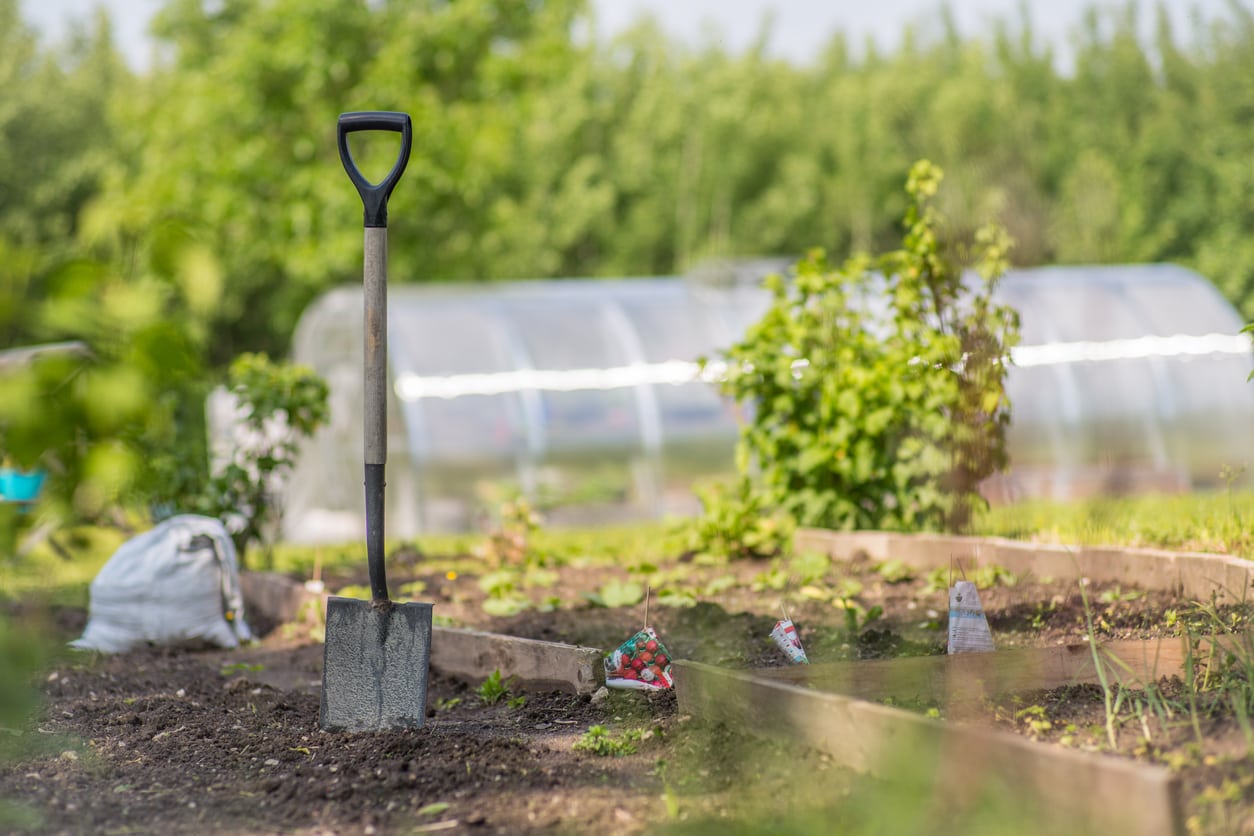What Is A Garden Spade – Garden Spade Uses And Tips


Yard tools are a gardener's best friend. Choosing equipment that lasts and performs in the manner required is the first step but you also need to consider quality and affordability. Your garden spade is one of the most used tools in the landscape. What do you use a garden spade for? The answer is more complex than it may seem with this versatile tool. In this article, we'll break down the spade's uses and some selection criteria.
What is a Garden Spade?
Garden spade tools are used in cultivation, terracing, contouring, and aid in such tasks as drainage and more. What is a garden spade? Don't call it a shovel, as the spade is an altogether different implement. It is an all-purpose tool that most gardeners can't live without. Ergonomic design makes using a garden spade less difficult and modern tools are increasingly being fashioned for comfort but also to accommodate certain handicaps and physical stresses. Most of us know what a good old-fashioned shovel is and what it can do, but what do you use a garden spade for? First of all, a spade has a short handle that is usually about 4 feet (1 m.) long and a flattened, rectangular blade as opposed to a shovel’s scooped blade. Garden spade tools are used for light cultivation not earth moving, and the shape of the blade helps cut sod, reshape beds and digging out deeper planting holes. There are numerous types of specialty spades, with specialized purposes. You can also select from many types of handle and blade materials.
Garden Spade Uses
Many people are familiar with using a garden spade during cultivation of vegetable or flower beds. The shape of the blade cuts into soil and helps mix in amendments. Its long narrow blade also pries out nice, deep holes for plants will developed root systems. The various types of spades are suited to very specific tasks:
- Garden Spade – A typical garden spade moves light amounts of soil and prepares beds.
- Transplanting Spade – The deep blade of a transplanting spade can get out established roots when moving plants in the garden.
- Border Spade – A border spade keeps clean edges around beds and makes holes perfect for smaller plants.
Once you know the kind of spade you require, there are several other characteristics. Spades may have U-shaped, T-shaped or straight handles. U-shaped handles provide maximum leverage and ergonomic efficiency. Straight handles are slightly easier on the back but don't transport soil as easily. The handles may also feature non-slip rubber and be made out of hardwood like ash. The blade should be made of stainless steel or carbon for long life. Hammered steel is also a strong blade material. If you have wooden handles, care for your spade by rubbing some linseed oil into it annually. Keep the blade sharp on any type of spade to enhance its cutting properties and save your back.
Sign up for the Gardening Know How newsletter today and receive a free copy of our e-book "How to Grow Delicious Tomatoes".

Bonnie Grant is a professional landscaper with a Certification in Urban Gardening. She has been gardening and writing for 15 years. A former professional chef, she has a passion for edible landscaping.